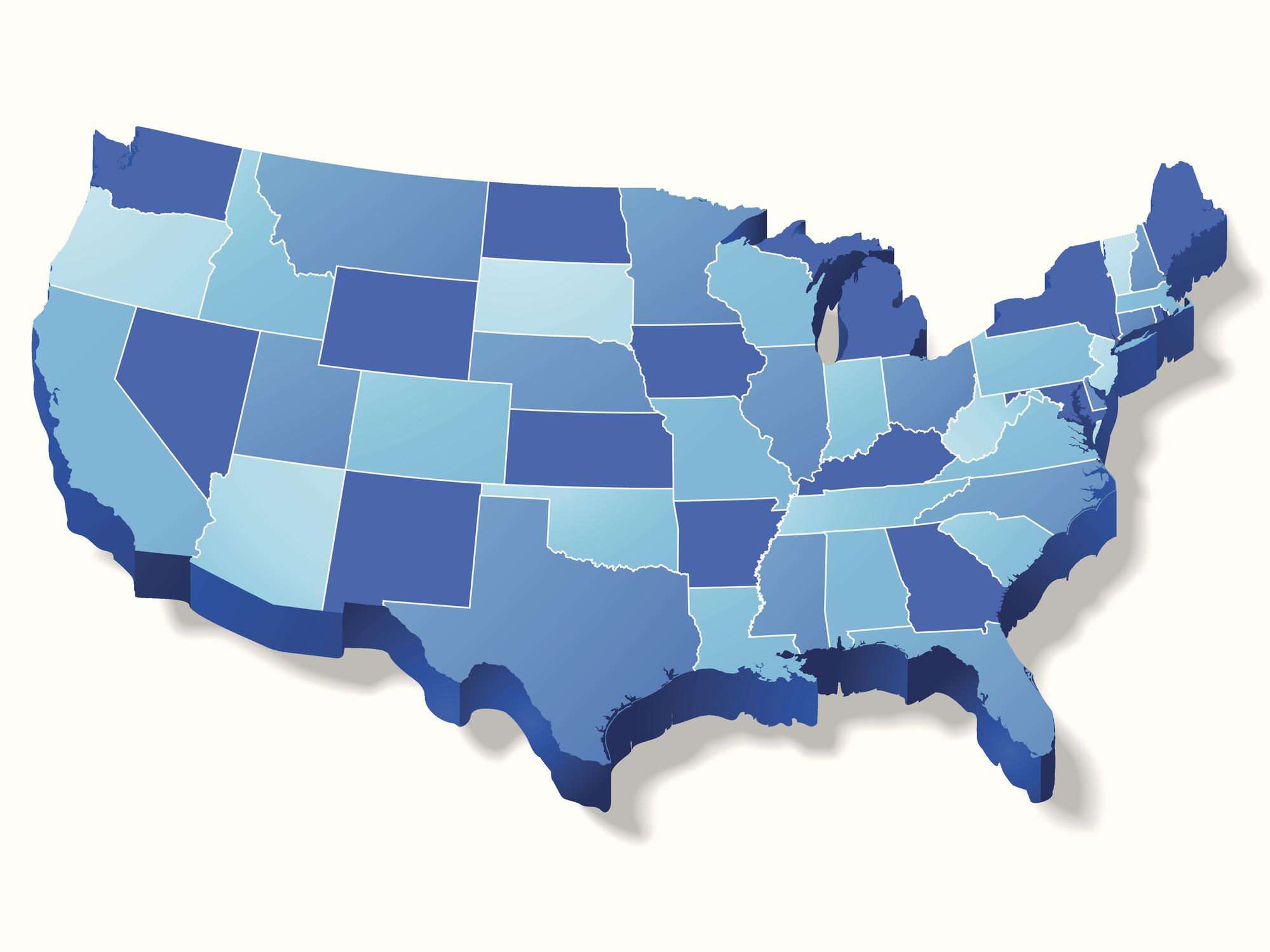
Drug Checking for Substances Other than Fentanyl
jurisdictions (30 states + D.C.) support access to drug checking equipment (DCE) that tests for substances other than fentanyl by not subjecting such DCE to drug paraphernalia penalties, as of December 2023.
What is drug checking and why is it important?
Increasing concerns over fentanyl-related overdoses, as well as overdoses caused by other unknown adulterants within substances, alerted many policymakers to the concept of “drug checking.” Drug checking is the process of identifying, analyzing, or detecting the composition of drugs or adulterants within a sampled substance. [1]Jia Pu et al., Drug Checking Programs in the United States and Internationally: Environmental Scan Summary, DEP’T OF HEALTH & HUM. SERVICES 1 (Sept. 17, 2021), https://aspe.hhs.gov/reports/drug-checking-environmental-scan.
Drug checking equipment encompasses many types of products
One type of familiar drug checking equipment (DCE) are fentanyl test strips (FTS), which disclose the presence, or absence, of fentanyl in a tested substance. FTS constitute a small subset of all available DCE, however. DCE varies widely in terms of technological complexity, the drug(s) being tested for, and the types of results provided to the user. Simple testing methods include FTS and other rapid drug test strips, liquid reagent tests, and thin layer chromatography kits. [2]Examples of these in the marketplace include fentanyl test strips (FTS), amphetamine test strips, and cocaine reagent kits. In general, these testing methods only provide qualitative information about the presence of a particular drug/substance, or lack thereof. These methods do not shed light on the presence of substances beyond the scope of the test, nor do they provide quantitative information about drug potency. More complex and advanced DCE provide added information about the composition of drugs and other adulterants within a tested substance as well as drug potency. Advanced DCE includes Fourier-transform infrared spectroscopy, gas chromatography/mass spectrometry, high-performance liquid chromatography, and nuclear magnetic resonance techniques. [3]Pu., supra note 1. See also Martha Bebinger, Boston Is Using a Chemical Warfare Device to Help Fight Fentanyl, WBUR (Oct. 10, 2019), https://www.wbur.org/news/2019/10/10/mx908-opioid-crisis-drug-testing (discussing the use of the MX908 portable mass spectrometer).
Comprehensive drug checking should involve testing for drugs beyond fentanyl
Although overdoses due to fentanyl exposure rightfully garner much attention, there are many other drugs of concern. Recent U.S. statistics showing increases in methamphetamine, xylazine, and polysubstance-involved overdose deaths demonstrate this fact. [4]Mbabazi Kariisa, et al., Illicitly Manufactured Fentanyl–Involved Overdose Deaths with Detected Xylazine — United States, January 2019–June 2022, CENTERS FOR DISEASE CONTROL & PREVENTION, https://www.cdc.gov/mmwr/volumes/72/wr/mm7226a4.htm?s_cid=mm7226a4_w; F.B. Ahmad, et al., Provisional Drug Overdose Death Counts, CENTERS FOR DISEASE CONTROL & PREVENTION (Sept. 13, 2023), https://www.cdc.gov/nchs/nvss/vsrr/drug-overdose-data.htm (viewing drug overdoses by drug or drug class); Jordan Trecki et al., Notes from the Field: Increased Incidence of Fentanyl-Related Deaths Involving Para-fluorofentanyl or Metonitazene — Knox County, Tennessee, November 2020–August 2021, CENTERS FOR DISEASE CONTROL & PREVENTION (Jan. 28, 2022), https://www.cdc.gov/mmwr/volumes/71/wr/mm7104a3.htm?s_cid=mm7104a3_w. A drug checking strategy limited to fentanyl or fentanyl analogs is incomplete. It is impossible to know what the drugs of concern will be in future years and policymakers do not know which types of DCE will prove most useful then. Accordingly, a comprehensive drug checking initiative should involve testing for a multitude of drugs, not just fentanyl, and involve more technology than rapid testing strips.
Drug checking programs promote outreach and engagement
Drug checking programs successfully facilitate outreach to people who use drugs. [5]Pu, supra note 1. Through DCE distribution, community partners can provide information and linkages to treatment services. Although there is a lack of research examining long-term recovery engagement outcomes associated with drug checking programming, stakeholder attitudes surrounding the use of drug checking programs for service referrals is positive. [6], Id. [7], Rebecca Olson, et al., Law Enforcement and Community Provision of Fentanyl Test Strips to People Who Use Drugs for Engagement and Referral to Service, 28 J. PUB. HEALTH MGMT. PRACTICE S343 (Nov./Dec. 2022), https://www.ncbi.nlm.nih.gov/pmc/articles/PMC9531966/pdf/jpump-28-s343.pdf. [8]Jennifer J. Carroll, et al., The Bronze Age of drug checking: barriers and facilitators to implementing advanced drug checking amidst police violence and COVID-19, 19 HARM REDUCTION J. (Feb. 4, 2022) https://doi.org/10.1186/s12954-022-00590-z


